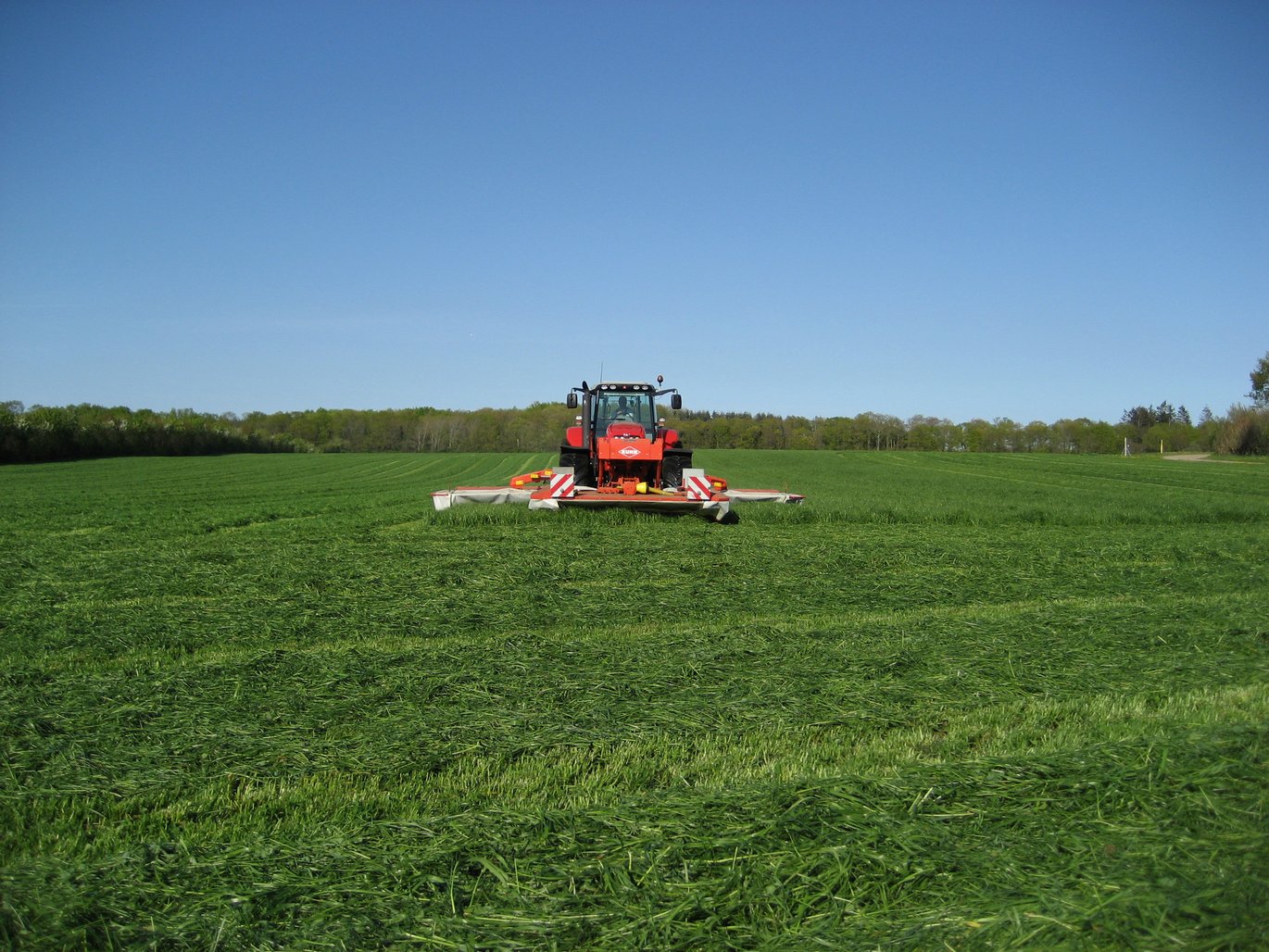Study shows: Moderate nitrous oxide emissions from perennial grass for future bio-refineries despite high N input
Perennial crops are being considered as a new source of biomass for bio-refineries and sustainable energy. A new study from Department of Agroecology has determined the emission of the greenhouse gas nitrous oxide.

Søren O. Petersen together with Khagendra Baral and Poul Erik Lærke, all researchers from Department of Agroecology, set out to examine and document crop yields and annual emissions of the greenhouse gas nitrous oxide (N2O) in perennial crops with different levels of N input.
“The objective of our study was to examine whether perennial crops such as festulolium, tall fescue and grass-clover can replace annual crops such as maize for biomass production. The challenge is that high-yielding perennial grass in monoculture requires high N fertilisation. Without measurements of the actual emissions, Denmark has to follow guidelines from IPCC (International Panel on Climate Change) and assume that 1% of applied N ends up as N2O,” Søren O. Petersen says, “and this may offset the climate benefits of using biomass as a renewable resource”.
Documented for the first time
This long-term experiment was established in 2012, but it is the first time that N2O emissions have been quantified.
“We found that annual emission factors for both perennial grasses and maize were well below the 1% default value set by IPCC,” Søren O. Petersen explains. “However, this result is in agreement with several other Danish studies of N2O emission from arable soil, and it indicates that this level of emissions is typical for the local climate and soil conditions.”
Effective use of fertiliser N
The results therefore indicate that intensively managed perennial crops can be used for biomass production under Danish conditions without excessive N2O emissions compared to annual crops. This was the question that the three researchers set out to examine, but their one-year study from March 2017 to April 2018 also indicated why N2O emissions were moderate.
“We found that when the crops are actively growing, they can take up most of the fertiliser N from the soil within a few days. Thereby the nitrogen becomes inaccessible for the soil microorganisms responsible for N2O production. Therefore, if the N fertiliser is given in the right amount, and at the right time, this will reduce the risk for N2O emission,” Søren O. Petersen explains.
Perennial crops must be renovated after some years to maintain high yields. In a follow-up study, the researchers recently examined N2O emissions in this renovation phase, but this did not change the conclusion that high-yielding perennial grass may be grown for biomass production in Denmark without excessive N2O emissions from the soil.
For more information
Professor Søren O. Petersen, Institut for Agroøkologi, Aarhus Universitet. E-mail: sop@agro.au.dk. Tlf. +45 8715 7756
The paper “Nitrous oxide emissions from cropping systems producing biomass for future bio-refineries” written by Khagendra R. Baral, Poul E. Lærke and Søren O. Petersen, accepted 10 June 2019 is available at ScienceDirect. Doi: https://doi.org/10.1016/j.agee.2019.106576
